What book covers can teach us about taking control of our messages.
One of the great challenges with design is its subjectivity and getting caught up in form over function, how it looks versus what it is there to do. And this can lead to many varied views from all quarters. This can certainly be the case with book covers, as I have recently experienced.
I use book covers as a powerful metaphor in a lot of my communication strategy work. They have a very clear message hierarchy, married with the challenge of using very few words with extreme space constraints. It is a great way to refine content and make it as clear and simple as possible.
I think of this as a ladder; at the base, you have everything you could say, but as you ascend, each rung gets narrower and focuses you to carry less forward. With each step up, you move closer to establishing the essence of what this is all about, using fewer and fewer words to become as concise as possible.
So, when it came to working through the design of the cover for Winning Presentations, I became a student of my work.
Optimising content using this approach is also about moving from functional explanations, 'what this is', to reframe this around why the audience should care, describing what it does for them and the benefit it brings. Doing so gives them a more significant reason to pay attention before you unpack the rest of the content.
The book title establishes what this is all about in a few words, one being the ultimate goal: Winning Presentations; in the case of my book, I had to settle with two.
It gives you enough information to establish if this interests you and makes it easy to recall what this particular book is about relative to all the others on your bookshelf.
Then comes the subtitle, which explains the main message to provide more meaning for the audience: why being a good presenter is often not enough and why the best ideas don’t always win.
These two elements working together should allow the audience to connect with your content and determine the value of what you offer them.
You can use this approach to optimise how you structure the contents within your presentations right through to developing powerful positioning statements that lead with value and connect through elegant simplicity.
After 40 different design variations, many conversations and huge amounts of analysis, I can confidently say that Winning Presentations now has a fittingly winning cover design to match.


